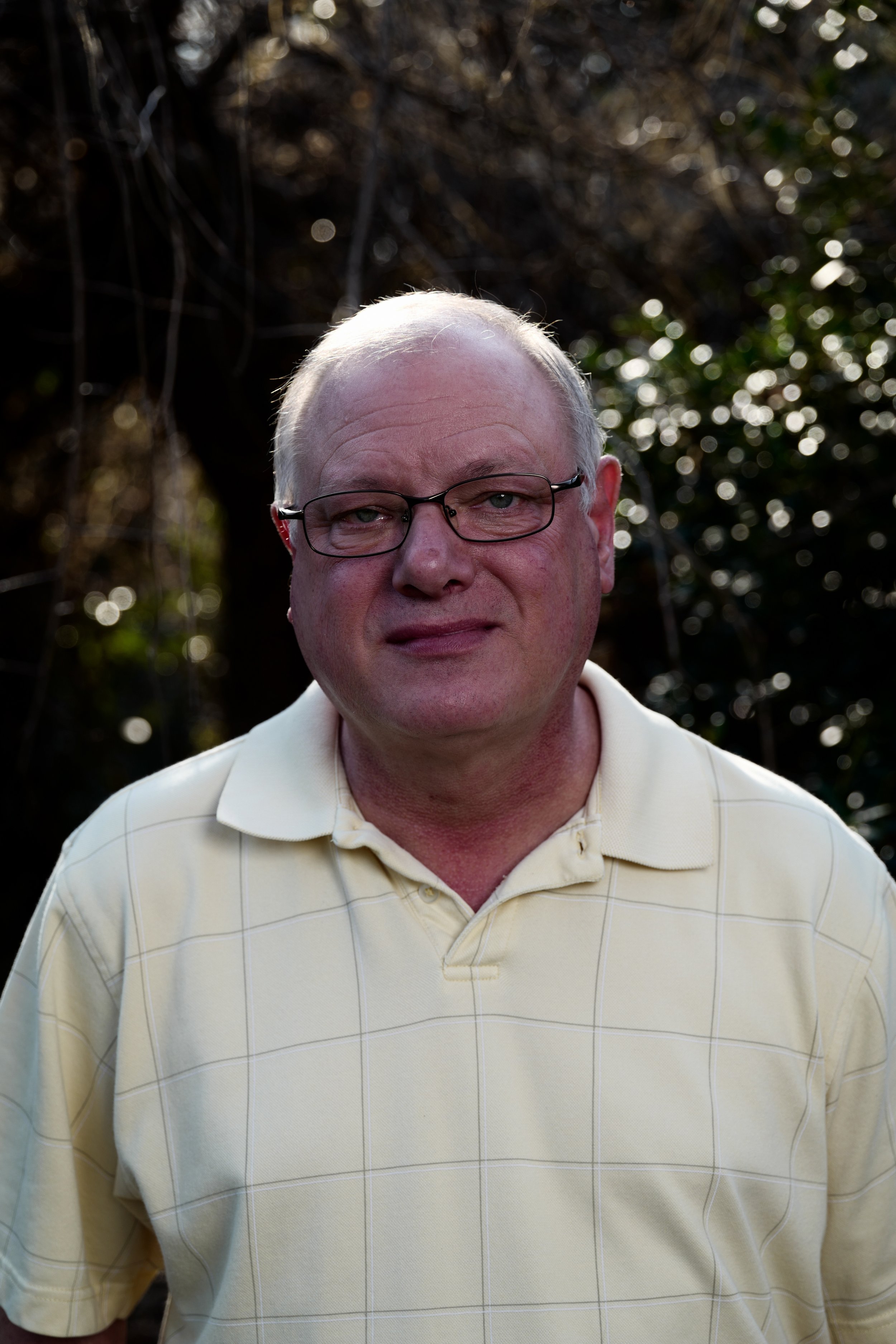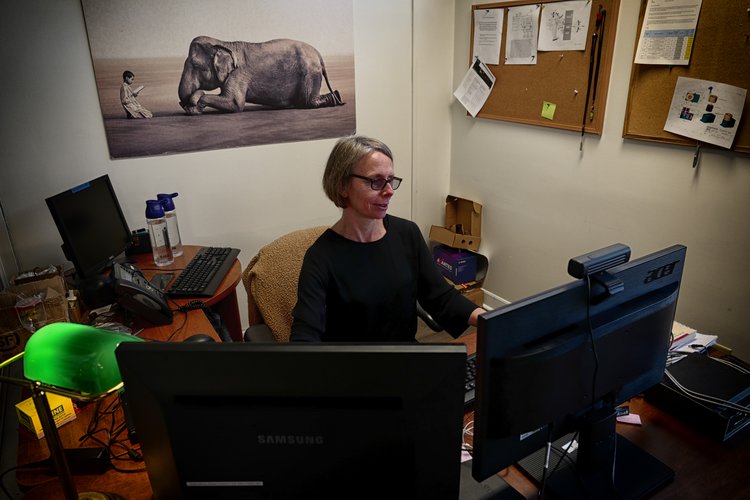The 9-Minute Rule for Uv/vis/nir
Wiki Article
Some Known Factual Statements About Uv/vis/nir
Table of ContentsEverything about Circular DichroismUnknown Facts About Circularly Polarized LuminescenceSpectrophotometers - QuestionsThe Ultimate Guide To Uv/vis/nirThe Ultimate Guide To SpectrophotometersThe Uv/vis/nir IdeasFascination About Circularly Polarized LuminescenceA Biased View of Circularly Polarized LuminescenceThe smart Trick of Circularly Polarized Luminescence That Nobody is Talking AboutThe Greatest Guide To Circular DichroismFascination About Uv/vis/nirAll about Circular DichroismThe 45-Second Trick For Circularly Polarized Luminescence
It is then scanned through the sample and the recommendation options. Fractions of the incident wavelengths are transferred through, or shown from, the sample and the recommendation. The resultant light strikes the photodetector gadget, which compares the relative strength of the two beams. Electronic circuits transform the relative currents into direct transmission percentages and/or absorbance/concentration worths.The transmission of a referral substance is set as a baseline (datum) worth, so the transmission of all other substances are tape-recorded relative to the initial "zeroed" compound. The spectrophotometer then converts the transmission ratio into 'absorbency', the concentration of specific components of the test sample relative to the initial substance.
Since samples in these applications are not easily available in big amounts, they are particularly matched to being examined in this non-destructive method. In addition, valuable sample can be conserved by using a micro-volume platform where as little as 1u, L of sample is needed for total analyses. A brief explanation of the procedure of spectrophotometry consists of comparing the absorbency of a blank sample that does not consist of a colored compound to a sample which contains a colored compound.
See This Report on Circularly Polarized Luminescence
In biochemical experiments, a chemical and/or physical property is selected and the treatment that is used specifies to that property in order to derive more information about the sample, such as the amount, purity, enzyme activity, and so on. Spectrophotometry can be used for a number of strategies such as determining ideal wavelength absorbance of samples, determining optimal p, H for absorbance of samples, identifying concentrations of unidentified samples, and determining the p, Ka of different samples.: 21119 Spectrophotometry is likewise a valuable procedure for protein filtration and can also be used as a technique to develop optical assays of a substance.It is possible to understand the concentrations of a two part mixture utilizing the absorption spectra of the basic solutions of each part. To do this, it is required to understand the extinction coefficient of this mixture at two wave lengths and the extinction coefficients of services which contain the known weights of the two elements.

Spectrophotometers - Questions
Region. The concentration of a protein can be approximated by measuring the OD at 280 nm due to the existence of tryptophan, tyrosine and phenylalanine.Nucleic acid contamination can likewise interfere. This technique requires a spectrophotometer efficient in determining in the UV area with quartz cuvettes.: 135 Ultraviolet-visible (UV-vis) spectroscopy involves energy levels that excite electronic transitions. Absorption of UV-vis light excites molecules that remain in ground-states to their excited-states. Visible region 400700 nm spectrophotometry is utilized extensively in colorimetry science.
These curves can be utilized to check a brand-new batch of colorant to examine if it makes a match to specifications, e
Traditional visible region spectrophotometers can not detect if find colorant or the base material has product. This can make it hard to manage color issues if for example one or more of the printing inks is fluorescent. There are two major setups for visual spectrum spectrophotometers, d/8 (spherical) and 0/45.
Scientists use this instrument to measure the amount of substances in a sample. If the substance is more focused more light will be soaked up by the sample; within small ranges, the Beer, Lambert law holds and the absorbance in between samples differ with concentration linearly. When it comes to printing measurements two alternative settings are commonly used- without/with uv filter to control better the effect of uv brighteners within the paper stock.
Not known Incorrect Statements About Uv/vis
Some applications need little volume measurements which can be performed with micro-volume platforms. As described in the applications section, spectrophotometry can be used in both qualitative and quantitative analysis of DNA, RNA, and proteins. Qualitative analysis can be used and spectrophotometers are used to record spectra of compounds by scanning broad wavelength regions to identify the absorbance homes (the strength of the color) of the substance at each wavelength.
9 Simple Techniques For Uv/vis/nir
One major factor is the type of photosensors that are readily available for different spectral regions, but infrared measurement is also tough because essentially everything releases IR as thermal radiation, especially at wavelengths beyond This Site about 5 m. Another issue is that several materials such as glass and plastic take in infrared, making it incompatible as an optical medium.Retrieved Dec 23, 2018. Essential Lab Approaches for Biochemistry and Biotechnology (Second ed.). The necessary guide to analytical chemistry.
Chichester, NY: Wiley. pp. 1617. ISBN 9780471974123. OCLC 36543293. Ninfa AJ, Ballou DP (2004 ). Basic lab methods for biochemistry and biotechnology. Hoboken: Wiley. p. 66. ISBN 9781891786006. OCLC 633862582. Rendina G (1976 ). Philadelphia, PA: W. B. Saunders Company. pp. 46-55. ISBN 0721675506. OCLC 147990. Oke, J. B.; Gunn, J. E.
The Main Principles Of Circular Dichroism
"Secondary basic stars for outright spectrophotometry". The Astrophysical Journal. 266: 713. Bibcode:1983 Ap, J..266..713 O. doi:10. 1086/160817. Ishani, G (2006 ). "The first business UV-vis spectrophotometer". p. 100. Obtained Dec 23, 2018. Simoni, RD; Hill, RL; Vaughan, M; Tabor, H (Dec 5, 2003). "A Classic Instrument: The Beckman DU Spectrophotometer and Its Innovator, Arnold O. 278 (49 ): e1. doi:. ISSN 1083-351X. Beckman, A. O.; Gallaway, W. S.; Kaye, W.; Ulrich, W. F. (March 1977). "History of spectrophotometry at Beckman Instruments, Inc". Analytical Chemistry. 49 (3 ): 280A300A. doi:10. 1021/ac50011a001. "Hewlett Packard: Substance Recognition with HP 8450 A UV Visible Spectrophotometer". Analytical Chemistry. 51 (12 ): 1188A1189A. 1979-10-01.1021/ac50048a728. ISSN0003-2700. Ninfa AJ, Ballou DP, Benore M (2015 ). Essential Lab Methods for Biochemistry and Biotechnology (3, rev. ed.). Hoboken, NJ: Wiley & Sons. p. 77. ISBN9780470924525. OCLC915641828. "Completely Automatic Double Beam - Atomic Absorption Spectrophotometer (AA 8000)". Laboratory Equipment. Labindia Analytical Instruments Pvt. Ltd. "Spectrophotometry Applications and Principles".
The Main Principles Of Uv/vis/nir
"Applied Spectrophotometry: Analysis of a Biochemical Mixture". Biochemistry and Molecular Biology Education. Journal of Biochemistry Education.The Ultimate Guide To Spectrophotometers
U.S. Department of Commerce National Bureau of Standards special publication; 378. Washington, D.C.: U.S. National Bureau of Standards. p. 2. OCLC 920079.The process begins with a regulated source of light that brightens the examined sample. When it comes to reflection, as this light engages with the sample, some is taken in or given off. The given off light travels to the detector, which is analyzed, measured, and provided as industry-standard color scales and indices.
All terms are examined over the visible spectrum from 400 to 700 nm. In the case of transmission, when the light communicates with the sample, it is either taken in, reflected, or transmitted.
Not known Facts About Uv/vis/nir
Examples consist of APHA (American Public Health Association) for watercolor and pureness analysis, ASTM D1500 for petrochemical color analysis, edible oil indices utilized in food, and color analyses of beverages. All terms are evaluated over the noticeable spectrum from 400 to 700 nm.Image Credit: Matej Kastelic/ Dr. Arnold J. Beckman and his associates at the National Technologies Laboratories first developed the spectrophotometer in 1940. In 1935 Beckman established the business, and the discovery of the spectrophotometer was their most ground-breaking innovation.
Getting The Uv/vis To Work
99% accuracy. Over time, researchers kept enhancing the spectrophotometer design to enhance its efficiency. The UV abilities of the design B spectrophotometer were improved by changing the glass prism with a quartz prism. Ultimately, the Model DU was developed, including a hydrogen lamp and other enhancements. This instrument was used in commercial laboratories, centers, and chemistry and biochemistry departments.After 1984, double-beam variations of the device were created. The addition of external software with the arrangement of onscreen screens of the spectra came in the 1990s. Usually, a spectrophotometer is made up of 2 instruments, specifically, a spectrometer and a photometer. A standard spectrophotometer includes a source of light, a monochromator, a collimator for straight light beam transmission, a cuvette to position a sample, and a photoelectric detector.
Spectrophotometers - An Overview
There are different types of spectrophotometers in numerous shapes and sizes, each with its own purpose or performance. A spectrophotometer determines how much light is shown by chemical parts. circularly polarized luminescence. It determines the difference in light intensity based upon the overall amount of light presented to a sample and the quantity of light beam that travels through the sample solution
A spectrophotometer is used to determine the concentration of both colorless and colored solutes in a service. This instrument is utilized to figure out the rate of a reaction.
Report this wiki page